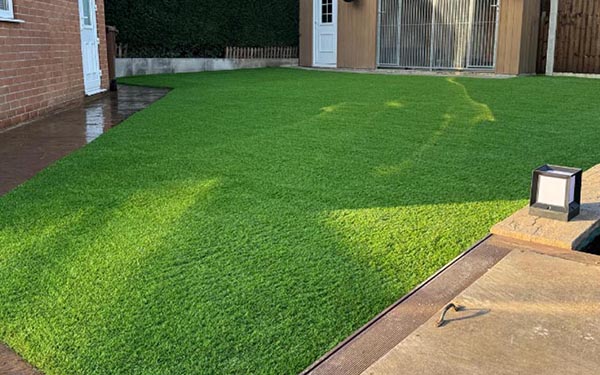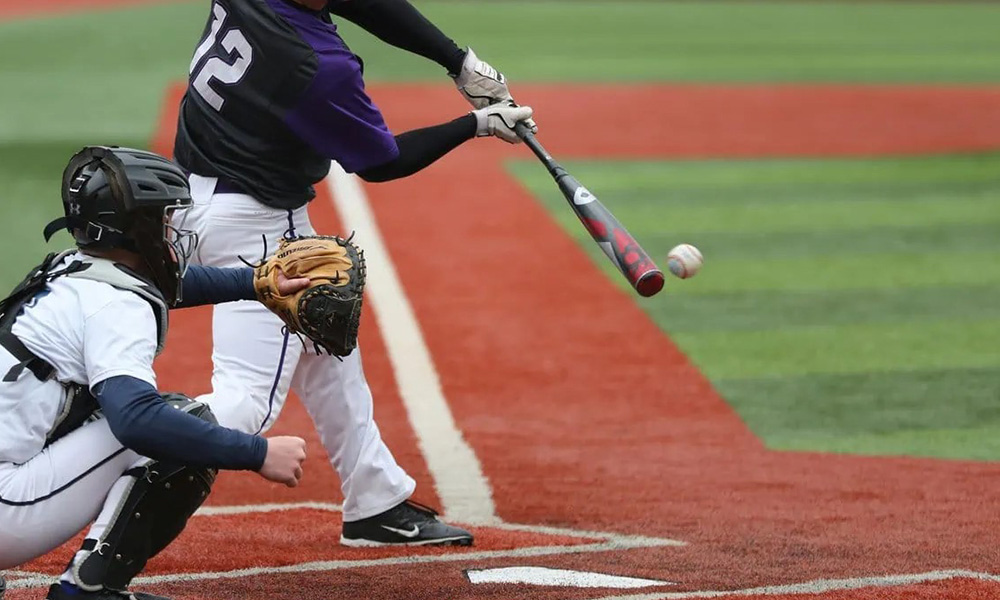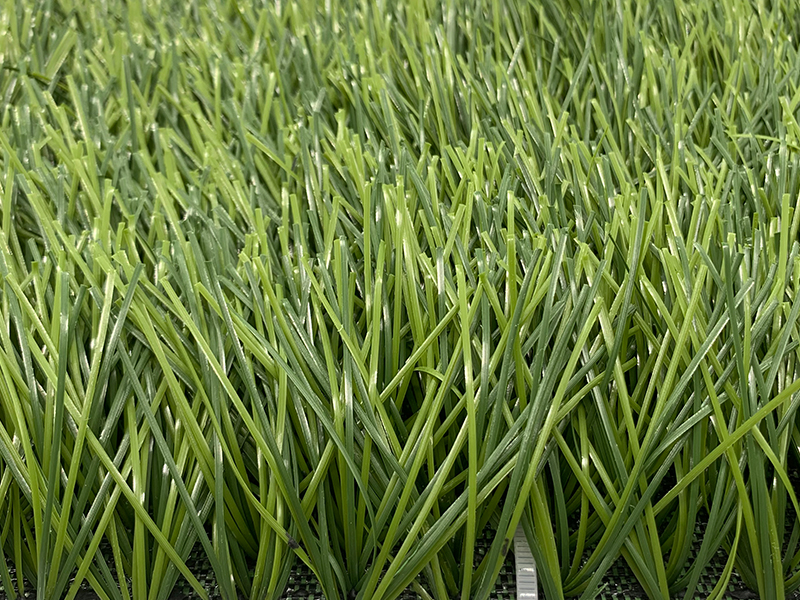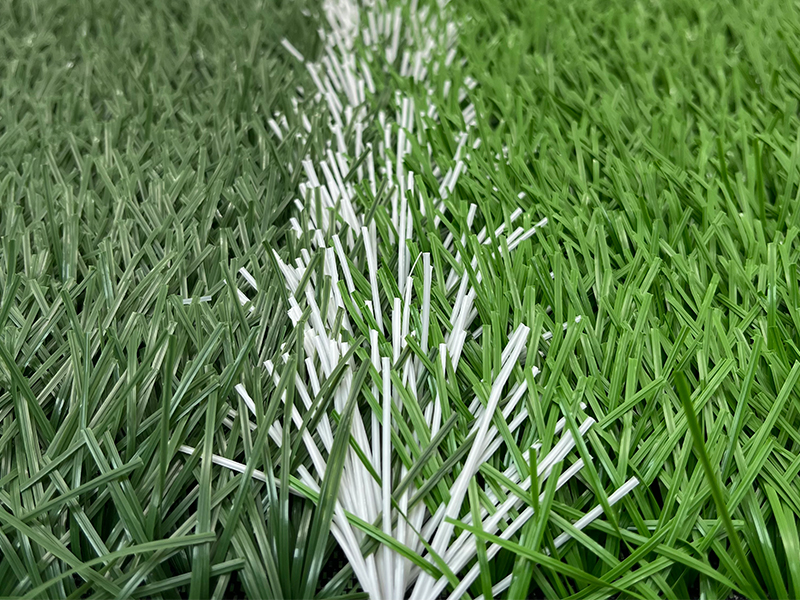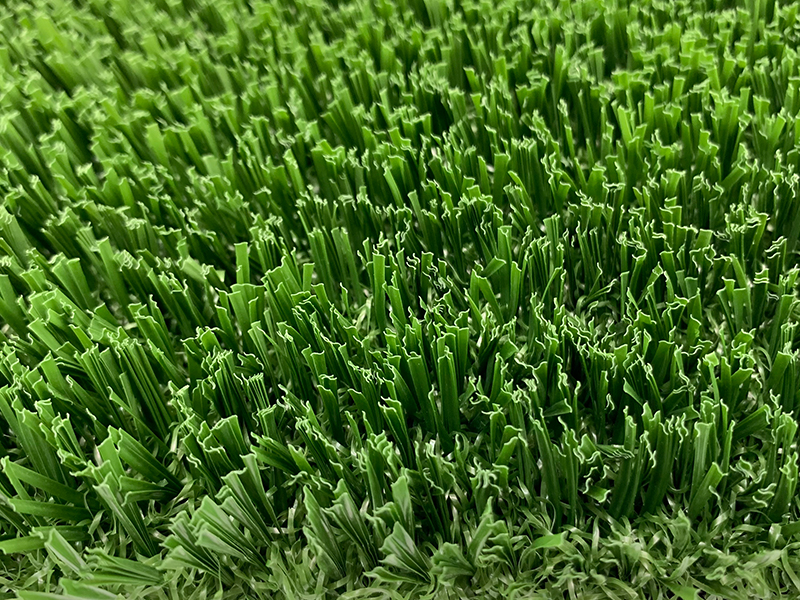Why is the color of artificial turf different before and after installation?
Artificial turf has become a popular alternative to natural grass due to its low maintenance and durability. However, many customers find that the color of the turf in the sample stage is inconsistent with the finished product after installation, raising concerns about the quality and aesthetics of the turf. This article will comprehensively analyze the core reasons for color differences and provide practical solutions to help you avoid such problems.
I. The core reasons for color differences
1.1 The Influence of Illumination and Observation Angle
The visual perception of the color of artificial turf is greatly affected by lighting conditions and angle:
- Changes in lighting environment: Uninstalled lawns are usually viewed in warehouses or shady places where the light is dim, and the color appears darker and duller; after installation, when exposed to strong outdoor light, the color will be brighter and more saturated.
- Angle of light incidence: When grass fibers are flattened, curled, or combed in different directions, the light reflection effect will vary. Even if the lawn itself has no quality problems, it can create the illusion that the color is different.
1.2 Changes in the direction of grass fibers
During the production of artificial turf, the grass fibers have a fixed orientation. Before installation, the turf is mostly in a curled and piled-up state, with the grass fibers facing randomly. After professional installation, the grass fibers are combed into a uniform direction, changing the way light is reflected, and the visual color will naturally change.
1.3 Influence of filler materials
Most artificial turf requires filling with quartz sand or rubber granules after installation to enhance stability. These fillers cover the roots of the grass fibers, slightly altering the overall color tone—making the turf look closer to natural grass, but also creating a color contrast with unfilled samples.
1.4 Environmental interference
- Dust and debris pollution: During installation or in the early stages of outdoor use, the lawn is prone to accumulating dust, mud, and construction debris, resulting in uneven color; after regular cleaning, the color will gradually return to its original state.
- UV radiation and aging: Newly laid artificial turf has a high gloss, but after long-term exposure to sun and rain, the color may lighten slightly. High-quality UV-resistant artificial turf can effectively delay fading and aging, and reduce the degree of color change.
1.5 Minor differences between production batches
Even within the same model of artificial turf, slight color variations may exist between different production batches. If different batches of turf are mixed during installation, the color inconsistency will be more noticeable after installation.
1.6 Impact of Installation Quality
Experienced installation teams can precisely control the direction of the grass fibers, the distribution of the infill, and the flatness of the ground, ensuring that the lawn has a uniform color and a neat appearance; while non-professional installation can easily lead to uneven ground and disordered grass fiber orientation, resulting in obvious color differences.
II. Practical methods to solve uneven color in artificial turf
2.1 Regularly comb the grass fibers
Use a stiff-bristled brush or a dedicated artificial turf broom to comb the grass fibers in the same direction, ensuring uniform orientation to improve light reflection and create a more even color. It is recommended to comb every 2-4 weeks (increase frequency after frequent use).
2.2 Thorough cleaning and maintenance
Clean the lawn surface weekly, removing fallen leaves, dust, and stains. Stubborn dirt can be wiped with a mild detergent diluted with water, then rinsed with a low-pressure hose (avoid strong acid or alkaline cleaners). Keeping the lawn clean can eliminate color distortion caused by impurities.
2.3 Evenly spread the filler material
If the infill is unevenly distributed, add or re-comb the quartz sand/rubber granules to ensure the grass roots are evenly covered. The recommended infill depth is 10-15mm (this can be slightly adjusted depending on the lawn type), which improves comfort and lifespan underfoot, and also balances the color tone.
2.4 Batch verification before installation (avoiding pitfalls in advance)
Before installation, check the production batch number of all lawn rolls (which can be found on the packaging). If the batches are different, replace them in time to avoid color difference problems from the source.
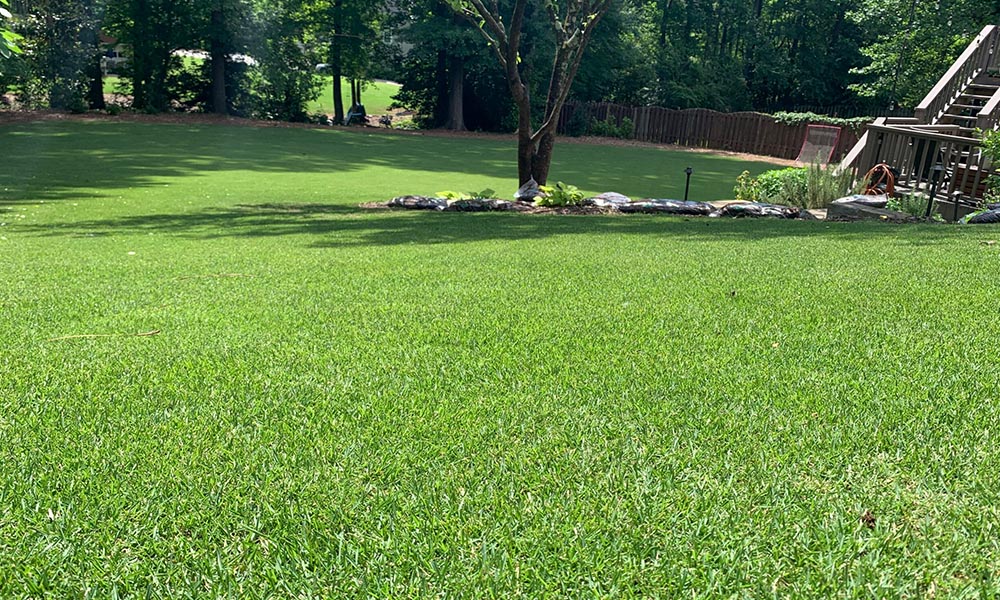
III. Artificial Turf Buying Guide
3.1 During procurement and receipt of goods
Many people only notice color differences after installation. Paying more attention when buying lawns and receiving the goods can help avoid these pitfalls:
- When purchasing, make it clear to the seller: "All the lawns for this project must be done in the same batch" to avoid color differences when different batches are pieced together.
- Buy an extra 10% of lawn as a backup: Whether it's waste from cutting during installation or damage that needs to be repaired later, having lawn from the same batch means you won't have to worry about the repaired areas having different colors.
- Don't be lazy when receiving the goods: spread out all the lawn rolls and take a look at them in the daytime sun. If you can clearly see which rolls are different colors, exchange them in time .
3.2 How to distinguish: Is it a normal color difference or a problem with the quality of the lawn?
Sometimes color difference isn't an installation issue, but rather a problem with the quality of the lawn itself. Here's a simple way to tell:
- Normal color difference: The lawn may simply "look different in brightness from the sample" (for example, it may be brighter outdoors than indoors), or the color may become more uniform after brushing. This is all normal.
- Quality issues: If there are patches of dark and light grass on a single lawn, or if the grass fibers feel uneven in color, combing and cleaning won't help. It's likely that the production process was flawed, and you should contact the seller's after-sales service directly.
3.3 Special Cases: Connection between new and old lawns / Accidental contact with chemicals
If you encounter these situations, don't panic, follow this method:
- Replanting turf (such as expansion/repair): First, check with the vendor to see if the original turf batch can be found. If not, comb through the area where the new and old turf meet and add more quartz sand to reduce color difference .
- If your lawn gets stained with chemicals (such as cleaning agents or fertilizers): Rinse it clean with water immediately! Avoid using strong acid or alkali cleaners, as they can easily discolor the grass.
III. Common Questions Regarding Color Difference in Artificial Grass
1. Does color difference indicate poor quality of artificial turf?
Not necessarily. Most color differences are caused by external factors such as lighting, installation, and environment, rather than quality issues with the product itself. Choosing a high-quality, UV-resistant lawn can significantly reduce color changes over time.
2. How long does it take for the color of artificial turf to stabilize after installation?
Provided that proper grooming, cleaning, and other maintenance are carried out, the lawn's color will gradually stabilize within 2-4 weeks after it adapts to the outdoor environment and impurities are removed.
IV. Key Techniques for Preventing Color Difference in Synthetic Turf
- Before purchasing, inspect lawn samples under outdoor lighting in the installation area to avoid judgment errors caused by viewing samples indoors;
- Choose an experienced professional installation team to ensure the uniformity of straw combing and filler laying;
- Prioritize the use of UV-resistant artificial turf to reduce the risk of fading from sun exposure;
- Store unused lawn rolls in a cool, dry place to avoid long-term stacking, which can cause the grass fibers to deform and become misaligned.

Summarize
Color differences before and after artificial turf installation are normal and not a product defect. Understanding the causes of color differences, performing proper daily maintenance, and using high-quality turf materials and professional installation will help maintain a uniform and vibrant appearance of the artificial turf and extend its lifespan.
